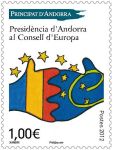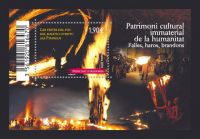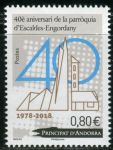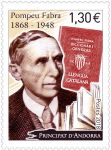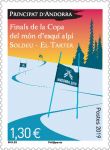- Home
- Philately: postage stamps
- Philately: stamps all over the world
- Europe
- Andorra
- French
- (2023) MiNr. 906 ** - Andorra (Fr.) - Kettenkrad
(2023) MiNr. 920 ** - Andorra (Fr.) - Caterpillar motorcycle Kettenkrad
Andorra (French) - postage stamps
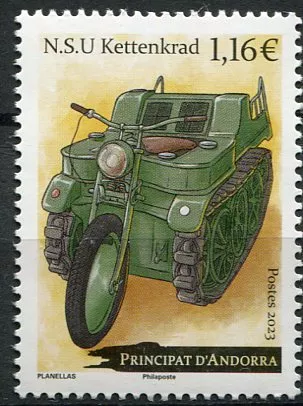
| Code: | And-906 |
| Producer: | Andora |
| Price: | 1,65 EUR |
| Availability: | In Stock |
| Stock: | 2 Pcs |
| Denomination of the stamp: | € 1,16,- |
| Year: | 2023 |
| Condition: | ** |
| Catalogue no. (MICHEL): | 906 |
| Cat. number (St. Gibbons): | 912 |
| Cat. number (Yvert et Tellier): | 886 |
The NSU Kettenkrad, officially referred to as the Sd.Kfz. 2 or Kleines Kettenkraftrad HK 101, was a unique semi-tracksuit motorcycle developed during World War II in Germany. The name "Kettenkrad" is a compound of the words "Ketten" (tracks) and "Kraftrad" (motorcycle).
Development and Construction
Kettenkrad was originally designed as a light tractor for airborne troops. Its compact size allowed it to be transported inside a Junkers Ju 52, which was crucial for rapid deployment. The vehicle was equipped with a water-cooled 1.5 litre Opel Olympia four-cylinder engine, which provided 36 horsepower. The transmission had three forward and one reverse speed, with a choice between road and off-road modes.
Deployment and Use
Kettenkrad was deployed on various fronts in World War II, including the Eastern Front, North Africa and Western Europe. Its ability to navigate difficult terrain such as mud, sand or snow made it invaluable for:
The Kettenker
- Laying communication cables
- Transport of troops and material
- Hauling light guns and other equipment
Later in the war it was also used to tow aircraft on airfields, particularly Messerschmitt Me 262 jet fighters, to save fuel.
Production and post-war periodThe production of the Kettenkrad took place at the NSU Motorenwerke AG plant in Neckarsulm. A total of approximately 8,345 units were produced. After the war, production was resumed for civilian purposes, especially in agriculture, and continued until 1948.
Technical parameters
- Weight: 1,560 kg
- Length: 3 metres
- Width: 1 meter
- Height: 1.2 meters
- Maximum speed: 70 km/h on the road
- Distance: Approximately 150 km
The NSU Kettenkrad is a fascinating combination of motorcycle and tracked vehicle that still holds an important place in the history of military technology today.
For a better idea of how the Kettenkrad worked in practice, you can watch the following video:Frequently Bought Together - (2023) MiNr. 920 ** - Andorra (Fr.) - Caterpillar motorcycle Kettenkrad
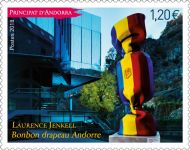
| Price: | 1,86 |
From the Same Category - (2023) MiNr. 920 ** - Andorra (Fr.) - Caterpillar motorcycle Kettenkrad
- postage stamps Andorra
Andorra (French) - postage stamps
